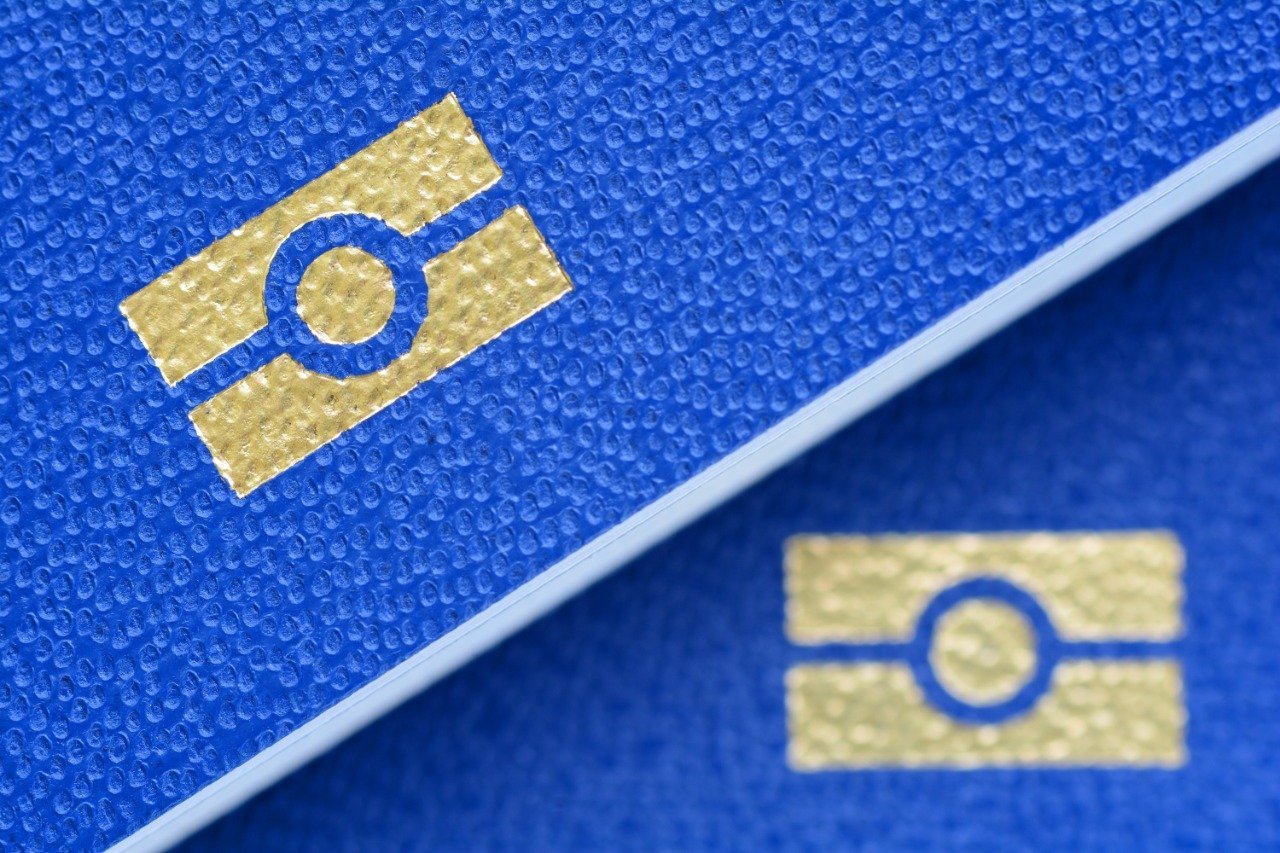
What Are Biometric Passports?
More than a decade has passed since the inception of biometric passports, and over 120 countries have adopted this unique identification document. With additional security features and other perks, biometric passports seem to be the future. So what are biometric passports, and why should you care? Here’s everything you need to know.
Everything You Need To Know About What Are Biometric Passport
Though some countries have different requirements for their biometric passports, on average they are very similar across the board.
What Are Biometric Passports And What Do They Look Like?
A biometric passport is also popularly known as an ePassport because of its technological significance. Your biometric passport will look like just any other regular passport at first glance. But its specialty is that it contains a unique RFID microchip that carries your biometric data, such as a digital map of your face, fingerprints, or an iris scan.
An ePassport will also have a plastic card that carries all your personal information (name, address, DOB, birth number, etc.) and a photo printed on the card. This photo is produced via laser engraving, which is irremovable.
Biometric passports were introduced as a response to the increased threat of terrorism from identity theft. The first identifier of a biometric passport is a small chip logo at the bottom of the front cover. This is the tell-tale sign of an ePassport. Previously, there were some bumps that allowed you to identify chips, but the latest technologies have made chips barely noticeable.
What Are The Advantages Of Biometric Passports?
It’s all well and good to have microchips, but what are biometric passports used for?
The first major advantage of carrying an ePassport is security. You can rest easy knowing that no one can steal your identity. While the chip on the card can be detected from a few meters away, it’s impossible to capture the data without obtaining the passport. The maximum scanning range is within 10cm only.
Faking your biometric data is also more expensive and challenging than anyone can imagine. A third party cannot store any verification data on the chip anyway because it uses a Public-Key Infrastructure (PKI). This encryption key will not be issued to fake data, and it will be caught immediately. Talking about convenience, this passport will allow you to go through the ePassport gates at border control in your home country and take the fast track home! The machine scans your data and uses facial recognition technology to match it to your data for the ultimate convenience and speed.
How Does It Work Around The World?
Lots of countries have adopted biometric passports for increased security and convenience. Slovakia has been using biometric passports for over a decade, with loads of other countries following suit.
Peru uses biometric passport technology to detect fraudulent passports and stop identity theft. Rome and Naples use it with facial recognition to facilitate a faster border control process.
The United States will require that all travelers entering the country under the Visa Waiver Program get an e-Passport if their current passport was issued on or after October 26, 2006. Usually, the inspection process for all biometric passports is the same for that non e-Passports. If you’re arriving at U.S. ports of entry, all people with e-Passports will be directed by either signage or personnel at U.S. Customs and Border Protection booth. These are just some examples of countries that have started using biometric passports. The possibilities for further integration with future technologies are boundless. Combine this with an impeccable security structure, and it’s hardly a surprise why they’re so popular.
Key Takeaways
Some of the main benefits that come with e-Passports or biometric passports is that they help securely identity any and all travelers using them. They also are great at providing protection against identity theft, protect the privacy of the traveler and ward against false documents. Biometric passports make it hard to alter any information in an attempt to gain admission to the desired country.
Specifically, the biographic and biometric data contained in the electronic chip is compared to the travel documents being presented as well as to the traveler themselves. The multiple layers of security involved in the design of the e-Passport make it nearly impossible to duplicate. Feel free to browse through some of our other articles relating to the power of the passport vs visas, and see our index of some of the most powerful passports in the world.




































































































